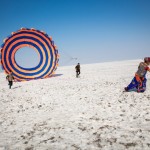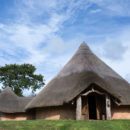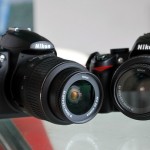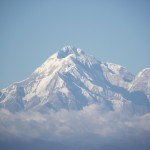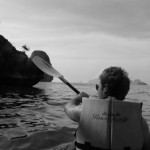We first interviewed travel photographer Tom Robinson on his experiences in Marrakech, since then he’s been working on numerous projects including an assignment for easyJet magazine in Stockholm.
We caught up with him to quiz him on his travel photography, tips and advice.
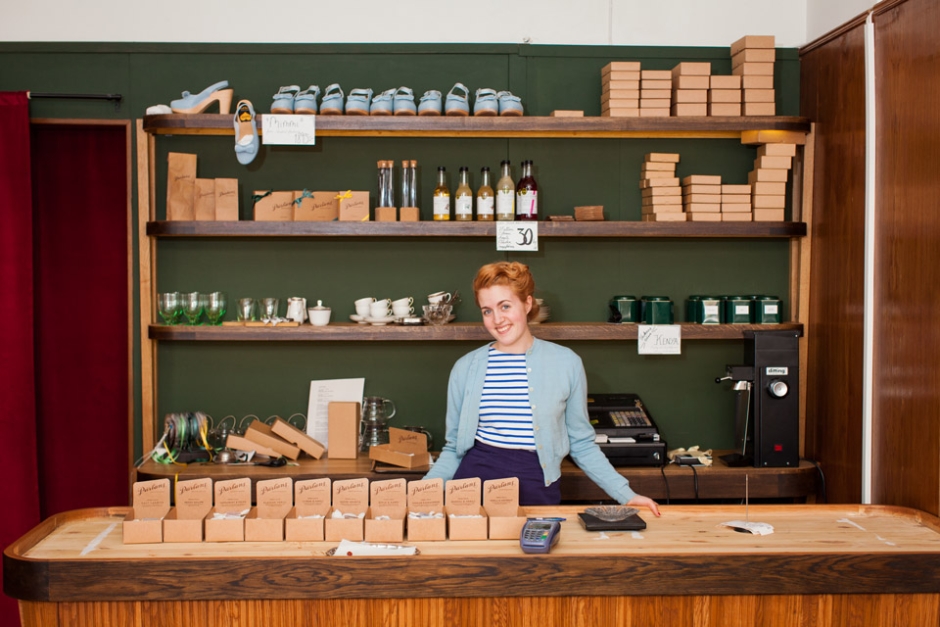
Shop scene in Stockholm
How did you first get into traveling and travel photography?
Throughout my early 20s photography became a growing passion of mine. Partly due to the advent of digital SLRs that enthused the geek in me, but also because I’d started working as a designer, which meant I could afford to go on mini adventures around Europe. In 2008 I quit my job as a designer and went travelling for a year. My rucksack consisted of about 60% camera equipment and 40% clothes. In that year I learnt a lot about myself and a lot about photography. I returned with a glowing portfolio of work, which I have subsequently used to gain paid commissions from various companies.
Did you do anything else before this?
Yes, I was and in some respects still am a graphic designer. These days I tend to balance being a freelance photographer and a freelance designer. Sometimes the photography takes precedent and sometimes the design.
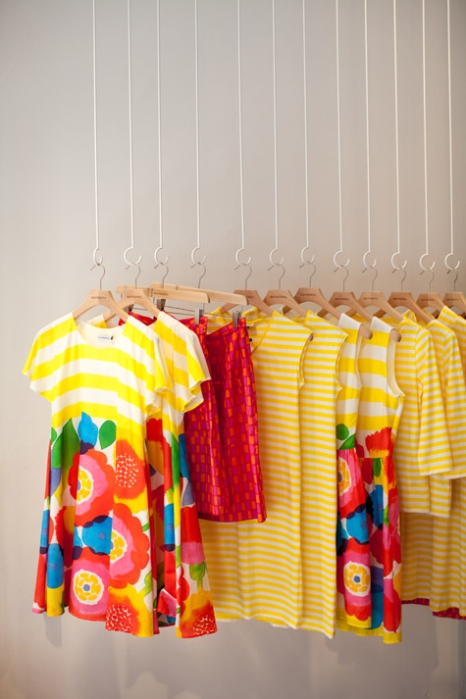
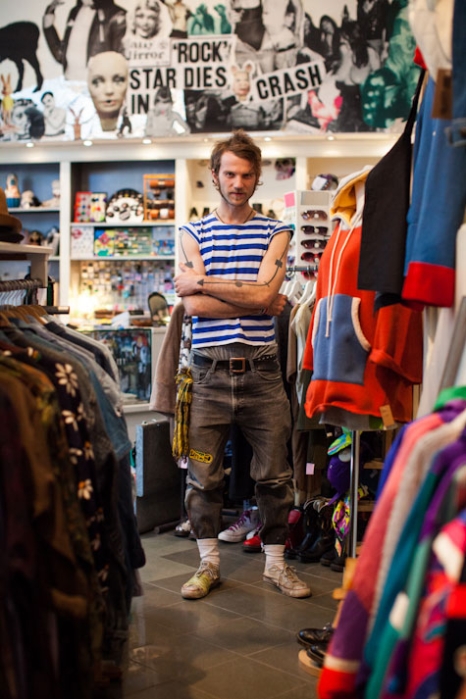
Do you have any qualifications in photography?
Nothing except a GCSE.
What camera do you use?
I’m currently using a Canon 5D III.
What other photography equipment do you use?
The usual L lenses. A flash when I have to. A tripod when I’m doing landscapes.
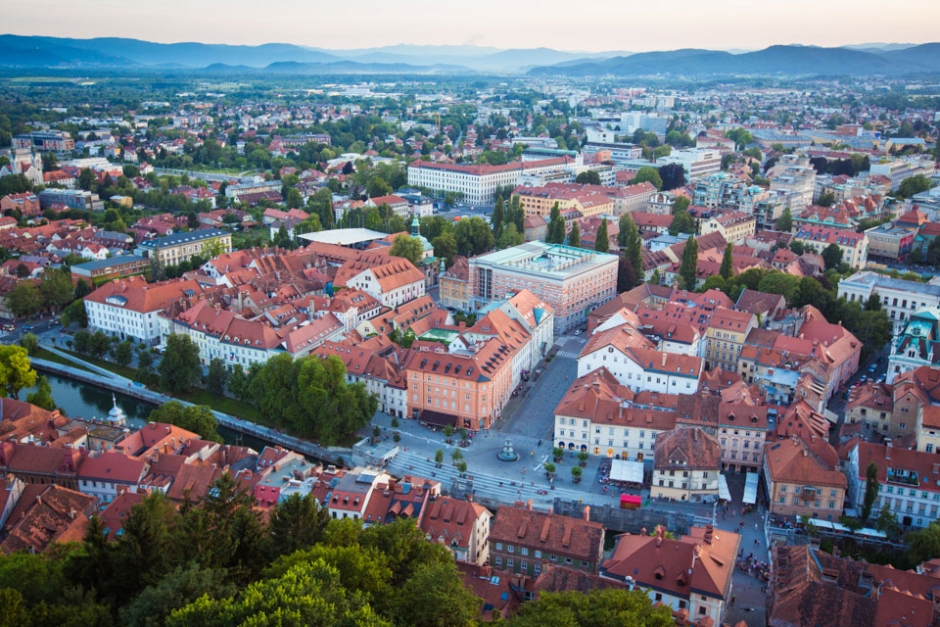
City view in Slovenia
How do you get your work seen?
Having a good website is a start. Then it’s all about emailing, calling and going to meet the right people. Do not expect people to find you!
How did you first make contacts in the photography industry?
Going into WH Smith, finding magazines that were appropriate to my style. Finding the name of the Picture Editor. Working out their email address and sending them an email introducing myself and asking if I can bring my book in.
How did you first get commissioned?
After doing the above, one person replied within the hour saying ‘like your work, come in next week’. I didn’t actually have a book at that stage, so had to quickly put one together. The meeting went well and the following month they commissioned me.
What was your first paid assignment?
It was for easyJet magazine, photographing a cool area in Stockholm called Södermalm. The Editor sent me the article, which I read about 20 times and I did a lot of research online. It was all about cool people in cool bars, cafes, shops etc. I spent 3 days exploring the area photographing all the cool things I saw. It was great fun and the client was really happy with the shots I got. Here’s some of the photos from my website, Tom Robinson Photography.
What magazines publish your photography?
This year the following magazines have published my work – easyJet magazine, Ryan Air magazine, Wizz Air magazine, CondeNast Traveller, Lonely Planet Traveller, Metro newspaper and a few others (I really need to update my tearsheet page).
What magazine was your photography first published in and how did this happen?
It was a Thai magazine. The Picture Editor found my photo online and emailed asking if they could use it as a DPS.
Where do you stay whilst traveling? What sort of accommodation do you stay in whilst away from home?
When I originally travelling I stayed in some proper ropey places. I remember in Marrakech in 2002 we were shown our room and there was a wee stain down the wall next to the bed. I said to the owner “I’m not staying in this room” and he asked why? I pointed to the wee stain and he just shrugged. These days I tend to stay in nicer places (although can still slum it if needs be). On paid assignments they usually sort out the accommodation, which can sometimes be really nice – in Slovenia I had a jacuzzi in my room! The key is to be versatile.
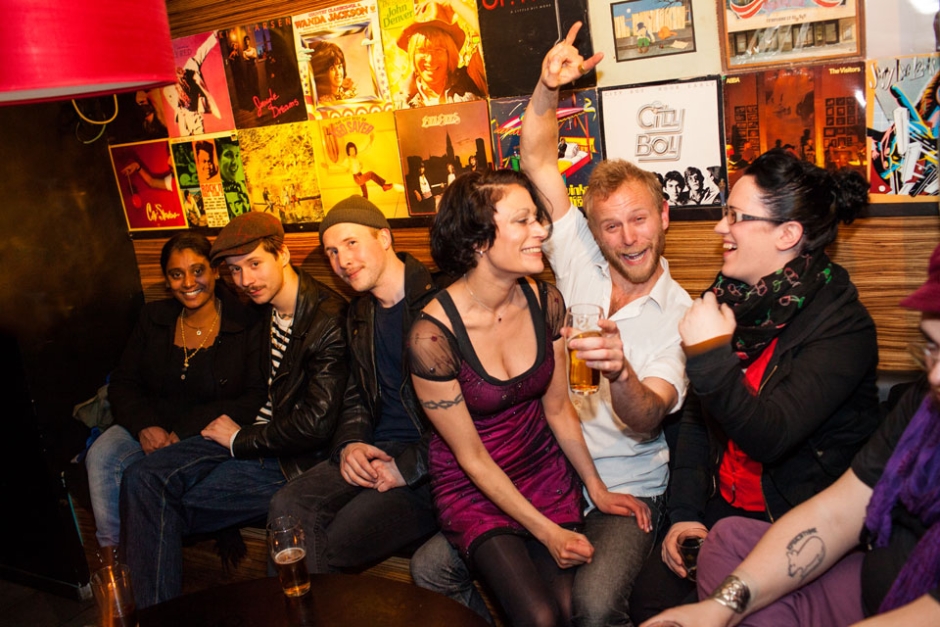
Party scene in Stockholm
Have you ever come across any difficulties whilst traveling?
Only the usual problems – missing busses, being followed, getting hopelessly lost, language barriers etc.
How does the money you make from travel photography compare to a standard job such as office work?
I’d say it’s typically less, but you get to do what you love. I have banker/accountant/lawyer friends and they really don’t like their jobs much. Luckily I have the design job too, so have the best of both worlds.
What do you take other than your camera and how do you carry it around with you?
I try to travel as light as possible. I’ve seen so many online videos of photographers talking through their camera bags and I always wonder how they manage to carry all that stuff. I usually take everything in a Lowepro rucksack, then transfer what I need for that day into a smaller bag. I go through phases where I’ll use one lens a lot, then get bored of it and use something different.
Do you take an assistant with you?
Never for editorial commissions because they’re not willing to pay for them. On advertising jobs yes you can take an assistant, plus another person to run around sorting model releases.
Do you have a favourite destination? If so where and why?
My two favourite countries I’ve visited are Bolivia and Guatemala. Incredible people (who still wear traditional dress), incredible landscapes. Everything is just amazing.
Have you ever met any interesting people whilst traveling? If so who was the most interesting and why?
All the time. That’s one of the things I love about my job. Quite often I can barely have a (proper) conversation with them due to language barriers, but you’d be surprised at how much that doesn’t matter when you’re trying to connect with someone. One of the most interesting were probably the child miners working in the silver mine in Bolivia. Their mining cart had become derailed, so myself and this crazy German engineer guy who I was travelling with at the time helped them get it back on the track.
Do you plan where you’re going to go and what you’re going to photograph or do you just get up and go?
On assignments you usually have a rough list of things you need to cover off and I try to plan a rough routine about what I’ll photograph at what time – do the interiors during the day when the light is bad outside, then cover off the outside locations in the mornings and evenings. That kind of thing. But there’s only so much you can learn about a place through Google, so assignments are still quite spontaneous and I thoroughly enjoy exploring a place and searching for interesting shots.
Do you use natural light or other lighting?
I try to use natural light as much as possible. I seem to be using off camera flash a bit more these days, but most of the time I just find it gets in the way and slows me down. One of the biggest things I encourage any budding photographer is to learn what types of light photograph well – it’s an essential skill.
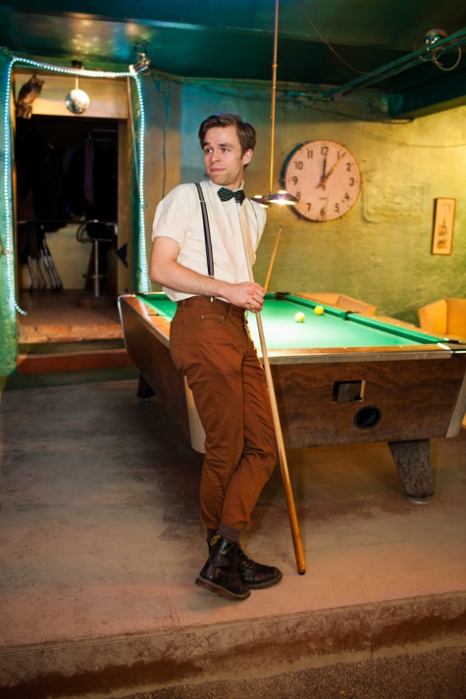
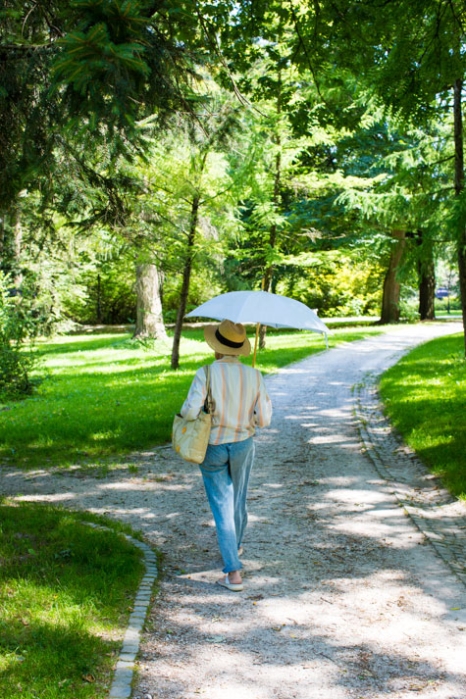
How much post processing do you use in your images and do you think its important?
All my post processing is done in Lightroom 4, which I absolutely love. I think post processing is important, but it’s also very easy to get carried away with it, especially in this Instagram inspired world we live in these days. It’s also worth noting that while digital cameras have advanced a lot over the past 6 years, so has the software. In Lightroom 4 I can go back to a photo I took on my original trip back in 2008 and click the button that changes the Develop settings to the new version and I’m absolutely amazed at how much more detail it can pull out of the RAW file. It’s great.
Do you enjoy traveling?
I most certainly do. Exploring new places and meeting interesting people is such an enjoyable thing to do. The fact I have a camera in my hand and have a job where I get to document my explorations is just a bonus.
Do you have any particular advice for someone starting travel photography for the first time?
Ultimately the work has to speak for itself. You can send a million emails, call a thousand Picture Editors and meet a hundreds companies but if your work isn’t good enough then it doesn’t matter. Practise is the best way to get better. That year I went travelling I took 17000 photos and experienced every sort of lighting condition imaginable (I think). Even after that it took me a further 3 years of practising to get to a level where I knew I could continually deliver photos to a consistently high level and even now I feel there’s much room for improvement in my work. You have to continually push yourself – look for the weaknesses in your work, think about how you can improve them and act upon it.

